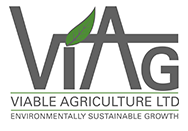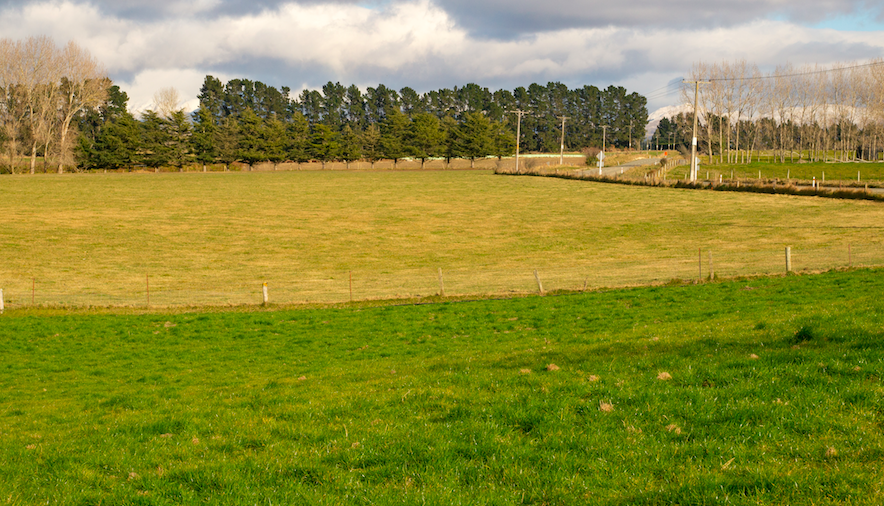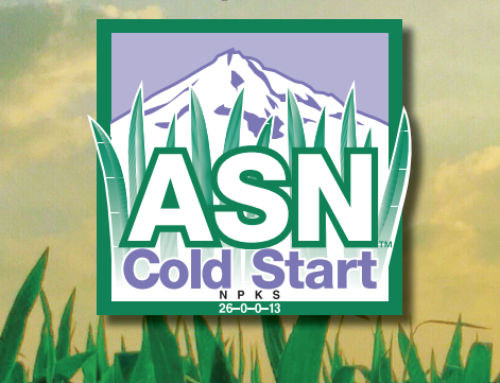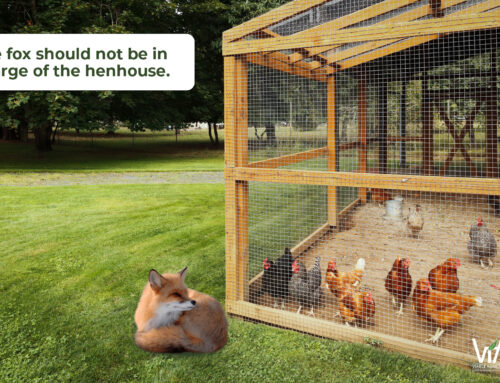For a start, it works in cool conditions when the alternatives languish!!
In 1995 AgResearch undertook field trials for BASF who imported ASN for the first time (1994).
Those trials against Urea confirmed that:
- ASN produced significantly more pasture dry matter than other N Forms (UREA)
- The positive responses were maintained through to the final cut (57-77 days after application)
- “ ..it would be fair to conclude that ASN has a significant advantage over urea … at mean soil temperatures below 6 oC” Dr. AHC Roberts AgResearch Ruakura
Further:
In 15 Trials throughout NZ, ASN Coldstart improved N responses over urea by an average of 75%.
Dr Jamie Blennerhassett Summit Quinphos.
Based on the above findings, applying ASN at 50kgN/ha this would yield a net return of $196.47 /ha more than urea !!! (assumes a dairy payout of $6.50/kg MS)
Further independent trials in Canterbury in 2013 comparing 160kg/ha ASN Coldstart (41.6kgN) with 125kg / ha Ammo36 (45kgN) gave the following additional average daily growth rates over 28days August 19th to 16th September, all well in favour of ASN Cold Start:
Ashburton +33%
Fairlie +96%
Flemington +54%
In 2018 at Chertsey an independent trial showed an increase in pasture growth rate for both fertiliser treatments. However, the ASN treatment shows a larger and much quicker response. This is because ASN Cold Start contains 7% Nitrate nitrogen which is immediately available. This increases pasture uptake in the first 10 days giving leafier growth earlier with no lag phase. NOTE: Ammo 31 does not contain Nitrate nitrogen, so pasture growth response is slower. The total DM response was 37% less from Ammo 31 than ASN Cold Start® applied at 150 kg/ha.
These are the measured trials we know of. Many dairy farmers continue to use ASN Cold Start® year on year because they have proved for themselves that it produces a far superior growth response than Ammo when soil temperatures are low.
If you don’t believe us, do your own trial on a few paddocks and observe the difference (ideally measure it).
And certainly, don’t believe your fertiliser rep who says there is no difference because they have never done any comparative trials to prove otherwise. Their weak excuse that it costs more misses the point completely as additional feed grown in those cooler conditions is GOLD and means less supplementary feed is required to meet any shortfall … Do the maths and surprise yourself !!



